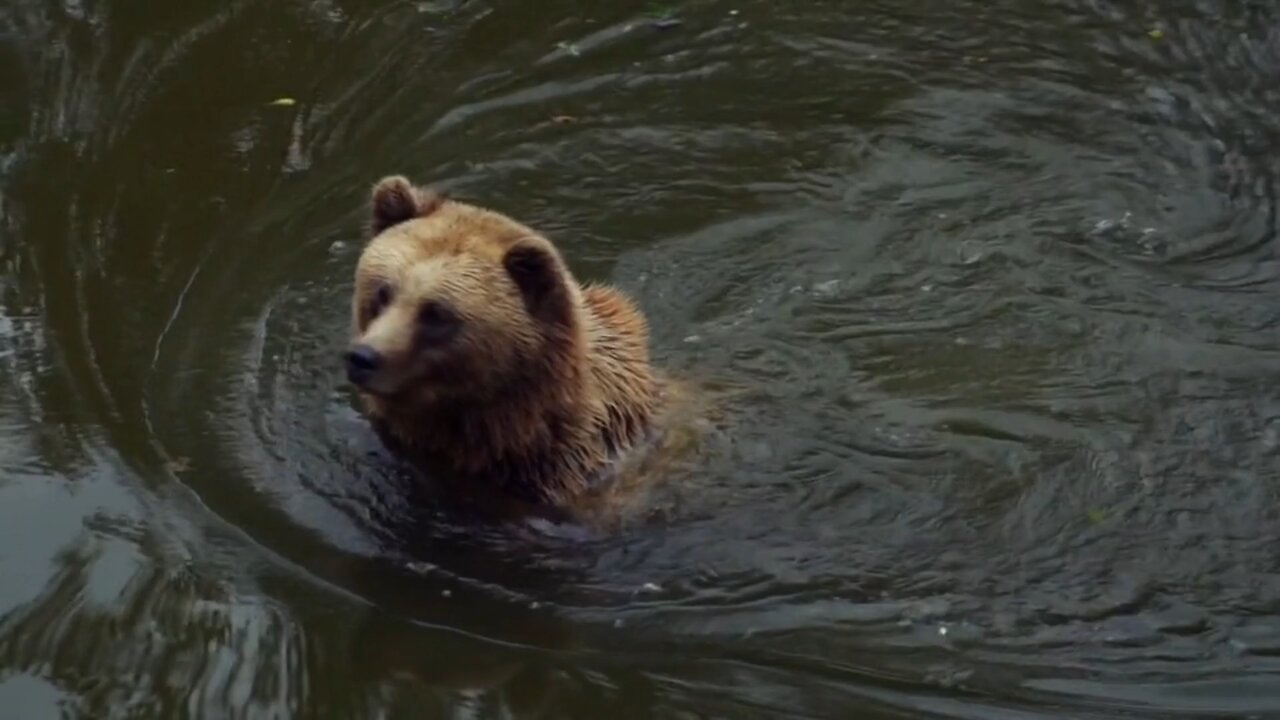Premium Only Content

"Bears: The Untamed Giants of Nature"
To give you a detailed overview, I'll cover general information about bears, including their species, habitat, behavior, and other interesting facts:
### **General Overview of Bears**
**1. Species:**
- **American Black Bear** (*Ursus americanus*): Found across North America, they are the most common bear species.
- **Brown Bear** (*Ursus arctos*): Includes the Grizzly bear, found in North America, Europe, and Asia.
- **Polar Bear** (*Ursus maritimus*): Native to the Arctic, they are adapted to cold climates and are excellent swimmers.
- **Asian Black Bear** (*Ursus thibetanus*): Also known as the moon bear, found in Asia's forests.
- **Panda Bear** (*Ailuropoda melanoleuca*): Native to China, they primarily eat bamboo and are considered vulnerable.
- **Sloth Bear** (*Melursus ursinus*): Found in India and Sri Lanka, they primarily feed on insects.
- **Spectacled Bear** (*Tremarctos ornatus*): The only bear species native to South America.
- **Sun Bear** (*Helarctos malayanus*): The smallest bear species, found in Southeast Asia.
**2. Habitat:**
- Bears can inhabit a wide range of environments, including forests, mountains, tundra, and coastal areas. For example, Polar bears are found in the Arctic's icy landscapes, while Sun bears prefer tropical rainforests.
**3. Behavior:**
- **Diet:** Most bears are omnivores, eating a diet that includes plants, fruits, insects, and small mammals. However, the Panda primarily eats bamboo, and the Polar bear mainly feeds on seals.
- **Hibernation:** Many bear species hibernate during the winter, slowing their metabolism to survive on stored body fat.
- **Solitary Nature:** Bears are generally solitary animals, except during mating season or when mothers are raising their cubs.
**4. Reproduction:**
- Bears have a slow reproductive rate. Female bears usually give birth every two to three years, typically to one to three cubs.
**5. Conservation Status:**
- Some bear species are threatened due to habitat loss, climate change, and poaching. For example, the Polar bear is particularly vulnerable due to the melting of Arctic ice, and the Giant Panda is at risk due to habitat fragmentation.
**6. Cultural Significance:**
- Bears hold significant cultural importance in various indigenous cultures and are often symbolized as powerful, respected animals. In modern times, they appear in folklore, literature, and as mascots for conservation efforts.
-
 11:51:52
11:51:52
Right Side Broadcasting Network
7 days agoLIVE REPLAY: Inauguration of the 47th President Donald Trump, and Presidential Parade - 1/20/25
1.26M570 -
 4:25:55
4:25:55
Kimberly Guilfoyle
10 hours agoLive Inauguration Day Coverage
170K51 -
 1:06:10
1:06:10
LFA TV
1 day agoThe Return of 45 | TRUMPET DAILY 1.20.25 7pm
82.6K -
 1:50:51
1:50:51
2 MIKES LIVE
6 hours ago2 MIKES LIVE #169 Inauguration Day Special!
53.7K11 -
 1:58:10
1:58:10
Quite Frankly
10 hours ago"The Inauguration Day Call-in Show" 1/20/25
50.3K13 -
 1:13:26
1:13:26
The Big Mig™
7 hours agoTrump’s Back!
52.1K13 -
 1:06:36
1:06:36
The Rubin Report
10 hours agoNo One Expected These Brutal Moments in Trump’s Inauguration Speech with Co-Host Sage Steele
139K145 -
 8:34:54
8:34:54
Dr Disrespect
13 hours ago🔴LIVE - DR DISRESPECT - DELTA FORCE - STARFALL NEW SEASON
136K22 -
 1:58:31
1:58:31
Revenge of the Cis
10 hours agoEpisode 1432: Take Two
79.1K27 -
 5:43:05
5:43:05
Bitcoin Magazine
7 days agoLIVE: Donald Trump Inauguration | America's First Bitcoin President
69.1K2